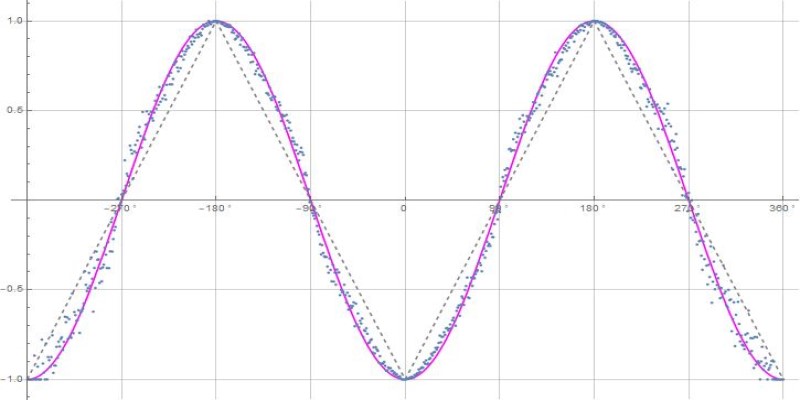Fred wrote:
@Austin Well, now that you finally posted more detail it is more understandable. :) What you are not realizing is that you are leaving orphans behind in A and/or B when the constraint is not happening so your trial numbers don't match up when you do the correlation.
I see no orphans :)
I generated 360 pairs of particles and calculated the correlation based on 360 pairs.
Joy wrote:
I have written out the correlation function in discrete form to make it clear what Fred means by trial numbers, k, matching in the computations:
Yes, I am fine with that. I also used k as an index number for the particles and summed over k = 1 to n, where n = 360. I see no way that I left orphans following your formulae. The formulae were very clearly presented.
But my correlation did not exceed the classical correlation.
I suspect the reason is that I used R3 statistics, otherwise known as normal arithmetic and trigonometry. Whereas Fred's code used quaternions. I am not sure why there is a difference but it equates to you claiming that you can exceed the classical correlation when using S3 but not when using R3. I did not look in detail at Fred's code so cannot replicate that quaternion method of calculation.
Best, Austin



